The World of Schistosoma haematobium: A Fascinating Journey
the World of Schistosoma haematobium: A Fascinating Journey
Schistosoma haematobium, a blood-dwelling fluke worm, is one of six species within the genus Schistosoma that significantly impact human health. Let’s delve into its fascinating world:
 Taxonomy:
Taxonomy:
-
- Schistosomes are parasitic flukes found in blood vessels.
- S. haematobium is a major pathogen affecting humans.
- Unlike other flukes, schistosomes have separate sexes.
Structure:
-
- Adult S. haematobium worms are 1–2 cm long.
- They possess a cylindrical body with two terminal suckers, a complex tegument, a blind digestive tract, and reproductive organs.
- Males cradle the longer, thinner females in a groove.
- Their unique sexual arrangement sets them apart.
Genome:
-
- Scientists are sequencing the genome of S. mansoni and starting an EST project for S. japonicum and S. haematobium.
Life Cycle:
-
-

Female S. haematobium produces hundreds of eggs daily. Eggs penetrate the bladder wall and exit through urine. - Ciliated larvae (miracidia) migrate into the bladder lumen.
- Granulomatous inflammation results from retained eggs.
- Upon water contact, eggs hatch, releasing miracidia.
- Miracidia locate freshwater snail hosts (Bulinus spp.).
-

In snails, asexual multiplication occurs, leading to infective larvae (cercariae). - Cercariae penetrate human skin, lose their tail, and migrate to the liver.
- Adult worms mate in the portal vein and migrate to perivesicular veins.
- Lifespan: 3–5 years (up to 30 years), harboring hundreds of worms.
-
Prevalence and Geographic Distribution:
-
- Schistosomiasis is endemic in tropical and subtropical regions.
- Approximately 700 million people across 74 countries face the risk of infection.
- Sub-Saharan Africa bears 85% of the burden.
- S. haematobium is endemic in 53 countries, spanning Africa and the Middle East.
- Focal distribution depends on snail populations and human-water contact behavior.
Urban Schistosomiasis:
-
- Urban areas are increasingly affected due to man-made reservoirs, irrigation systems, and population growth.
- Natural water sources remain typical infection sites.
Transmission and Risk Factors
-
Transmission Factors:
- Direct contact with freshwater-harboring cercariae drives infection.
- Contaminated water, snail hosts, and human exposure play key roles.
-
Major Risk Groups:
- School-age children, specific occupations (fishermen, farmers), and women using infested water face high risk.
- Genetics, behavior, and environmental factors influence prevalence and morbidity.
Persistence
- Schistosome worms do not multiply in the host.
- Infection status results from an accumulation of consecutive infections.
- Individuals with intense infections have a higher risk of developing morbidity.
- In the absence of re-infection, the infection subsides when the schistosome worm dies (usually after 3–5 years).
- In endemic areas with continuous exposure, re-infection is common.
- Children in highly endemic areas accumulate worms from early water contact and may remain infected throughout their lives.
- Adults may develop some form of protective immunity after years of exposure.
Latency and Natural History
-
Latency:
- The time between infection onset and cancer appearance remains poorly understood.
- Steps leading to cancer development remain unclear.
-
Clinical Disease:
- S. haematobium infection isn’t always symptomatic.
- A small proportion of infected individuals develops serious chronic disease.
- Bilharzial bladder cancer incidence peaks between ages 40–49 years, while infection begins in childhood and peaks in the second decade of life.
Schistosomiasis and Urinary Bladder Cancer
-

Association:- Studies support a link between urinary bladder cancer and Schistosoma haematobium infection.
- Descriptive evidence shows higher bladder cancer incidence in areas with high S. haematobium prevalence.
- Squamous cell carcinoma is common in populations with high infection rates.
- Cases linked to S. haematobium infection tend to occur at a relatively young age.
-
Case-Control Studies:
-

Most case-control studies report significant positive associations. - Estimated risks range from 2–15.
- A recent Egyptian study suggests a duration-risk relationship and long-term effect on bladder cancer.
-
-
Confounding Factors:
- Recent studies consider confounding by age, sex, and smoking.
- Tobacco smoking does not significantly affect squamous cell bladder tumors.
-
Cohort Studies:
- No cohort studies on urinary bladder cancer and S. haematobium infections have been reported.
Cancers of the Female Genital Tract
Cervical Cancer:
-
- Case reports suggest an association between S. haematobium infection and cervical cancer.
- Recent studies did not show a positive association.
- Possible confounding by age, smoking, or human papillomavirus (HPV) was not considered in these studies.
Other Malignancies:
-
- Other female genital malignancies associated with S. haematobium infection include ovarian cystadenocarcinoma, teratoma, Brenner tumors, and uterine leiomyosarcoma.
- The number of patients with each malignancy is usually small.
Other Cancers Associated with S. haematobium Infection
-
Prostate Cancer:
- Eight cases of prostatic schistosomiasis associated with adenocarcinoma of the prostate have been reported.
- Some cases were associated with S. haematobium infection.
Other Malignancies:
-
- Reported associations include squamous cell cancer of the female genitals, male breast cancer, hepatocellular carcinoma, lymphoma, bladder sarcoma, rectal carcinoid tumor, and renal cell carcinoma.
- Data evaluation is challenging due to small patient numbers.
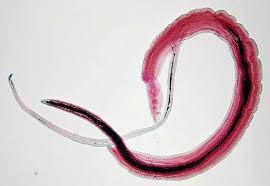

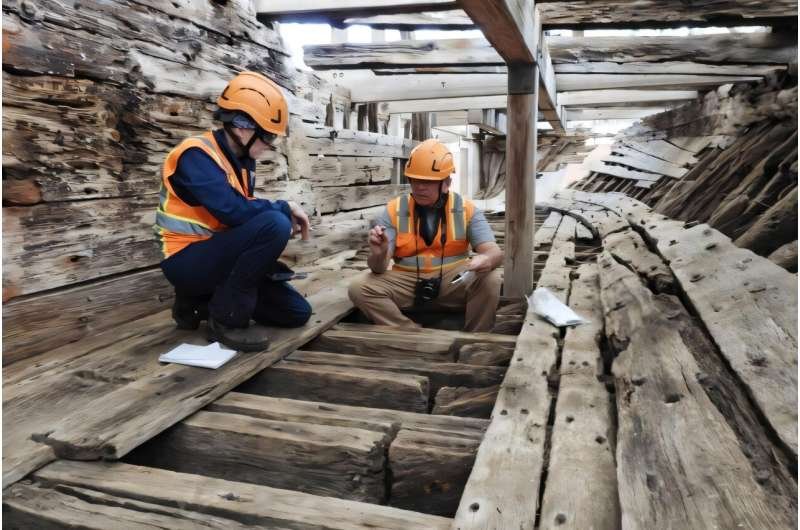
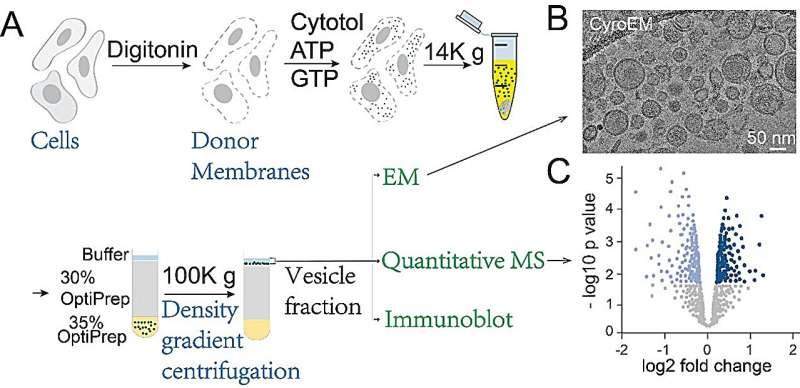
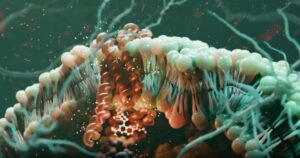
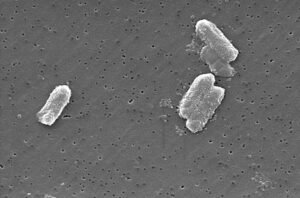

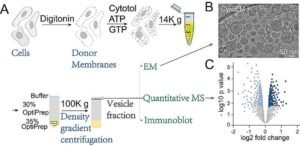
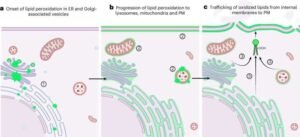




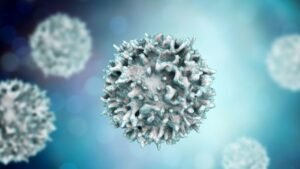
Post Comment